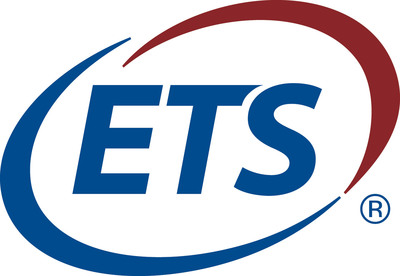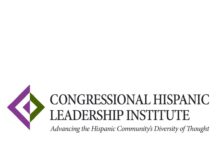PRINCETON, N.J., Sept. 9, 2016 /PRNewswire-HISPANIC PR WIRE/ — With increased attention to ensuring that all young children enter school ready to learn, policymakers face the daunting task of determining the qualifications and training needs of the child care workforce. Now, a new study from Educational Testing Service (ETS) looks at the importance of early care and education (ECE) workforce registries as valuable tools in that undertaking.

Using State Early Care and Education Workforce Registry Data to Inform Training-Related Questions: Issues to Consider was written by Debra J. Ackerman of ETS’s Early Childhood Research & Assessment Center. It is the fourth in a series of early childhood education policy reports that explores issues related to improving instruction and the use of assessment and other data in programs serving preschool-age children.
To explore the potential of registry data for informing the ECE workforce’s training needs, the report highlights research on the specific training focus variables used (e.g., child development, health and safety), as well as the extent to which such variables are comparable across these databases. Also explored is when registries began recording data on the child care workforce and whether enrollment is voluntary, incentivized or mandatory.
“Since the federal government is increasingly focused on ensuring that all children enter school ready to learn, it is important to make sure that ECE stakeholders have access to quality and accurate data on the training needed by the child care workforce,” said Michael T. Nettles, Senior Vice President of ETS’ Policy Evaluation and Research Center. “Ackerman’s report contributes to the discussion on this topic by highlighting the potential usefulness of aggregate workforce registry data.”
According to Ackerman, this topic is particularly important given the larger child care policy context, including a focus on improving the quality of child care for children under the age of 5, and the workforce’s capacity to support young children’s social, emotional, physical and cognitive development.
To help explain the role which aggregate workforce registry data might play in determining the training needs of the child care workforce, the report focuses on:
- The child care workforce policy context
- Issues in using aggregate registry data to inform training-related questions
- The number of jurisdictions with ECE workforce registries
- Registries using variables to denote the focus of enrollees’ training
- Comparability of variable titles
- Comparability in the set of variables used across registries
- The year in which registries began recording training content
- Whether enrollment in registries is voluntary versus mandatory
“Ackerman’s report will be valuable as it provides new information regarding the potential usefulness of aggregate registry data to inform questions related to the training needs of the country’s child care workforce,” Nettles concludes.
The report is available at http://onlinelibrary.wiley.com/doi/10.1002/ets2.12117/full.
Previous reports in the series include:
- Enhancing Young Hispanic Dual Language Learners’ Achievement: Exploring Strategies and Addressing Challenges (2015)
- State-Funded Pre-K Policies on External Classroom Observations: Issues and Status (2014)
- State Pre-K Assessment Policies: Issues and Status (2012).
About ETS
At ETS, we advance quality and equity in education for people worldwide by creating assessments based on rigorous research. ETS serves individuals, educational institutions and government agencies by providing customized solutions for teacher certification, English language learning, and elementary, secondary and postsecondary education, and by conducting education research, analysis and policy studies. Founded as a nonprofit in 1947, ETS develops, administers and scores more than 50 million tests annually — including the TOEFL® and TOEIC ® tests, the GRE ® tests and The Praxis Series ® assessments — in more than 180 countries, at over 9,000 locations worldwide. www.ets.org
Logo – http://photos.prnewswire.com/prnh/20120110/DC33419LOGO






